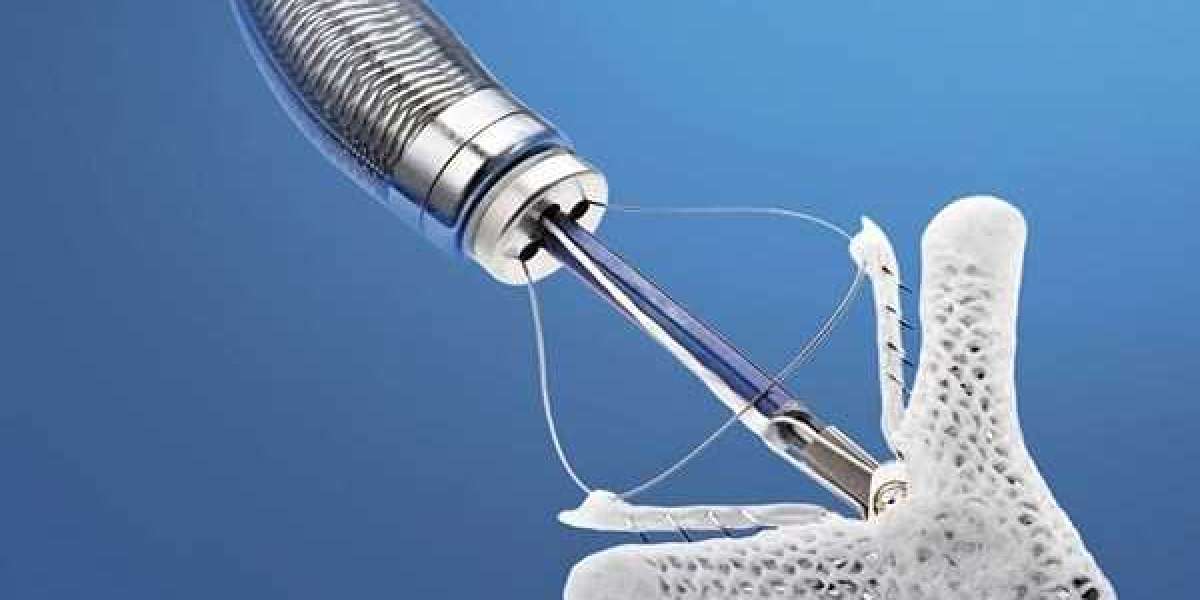Introduction
Have you been struggling with weight loss and have tried various diets and exercise routines with little success? If so, you may have considered bariatric surgery as an option. One type of bariatric surgery that is gaining popularity is the duodenal switch surgery In this article, we will explore the procedure and considerations of duodenal switch surgery.
What is Duodenal Switch Surgery?
Duodenal switch surgery, also known as biliopancreatic diversion with duodenal switch (BPD/DS), is a type of weight loss surgery that involves two main components: a restrictive component and a malabsorptive component.
The restrictive component involves reducing the size of the stomach, typically by creating a sleeve-like structure. This restricts the amount of food that can be eaten at one time, leading to a feeling of fullness with smaller portions.
The malabsorptive component involves rerouting the small intestine to limit the absorption of calories and nutrients. This is done by dividing the small intestine into two separate paths and connecting the lower part of the small intestine to the upper part of the small intestine, bypassing a significant portion of the small intestine.
Considerations for Duodenal Switch Surgery
Before deciding whether duodenal switch surgery is right for you, it is important to consider the following factors:
Weight Loss Goals
Duodenal switch surgery is typically recommended for individuals who have a body mass index (BMI) of 40 or higher, or a BMI of 35 or higher with obesity-related health conditions. It is important to have realistic weight loss goals and understand the potential benefits and risks of the surgery.
Nutritional Considerations
Due to the malabsorptive component of duodenal switch surgery, there can be potential long-term nutritional deficiencies. It is important to work closely with a healthcare professional to develop a plan for proper nutrition, including vitamin and mineral supplementation.
Lifestyle Changes
Duodenal switch surgery is not a quick fix for weight loss. It requires significant lifestyle changes, including adopting healthy eating habits, regular exercise, and ongoing medical follow-up. It is important to be prepared for these changes and have a support system in place.
Potential Risks and Complications
Like any surgical procedure, duodenal switch surgery carries risks and potential complications. These can include infection, bleeding, leaks, and digestive problems. It is important to discuss these risks with your healthcare provider and understand the potential benefits and drawbacks of the surgery.
Conclusion
Duodenal switch surgery is a complex weight loss procedure that combines both restrictive and malabsorptive components. It can be an effective option for individuals who have struggled with weight loss and have not had success with other methods. However, it is important to carefully consider the procedure and consult with a healthcare professional to determine if it is the right choice for you.


